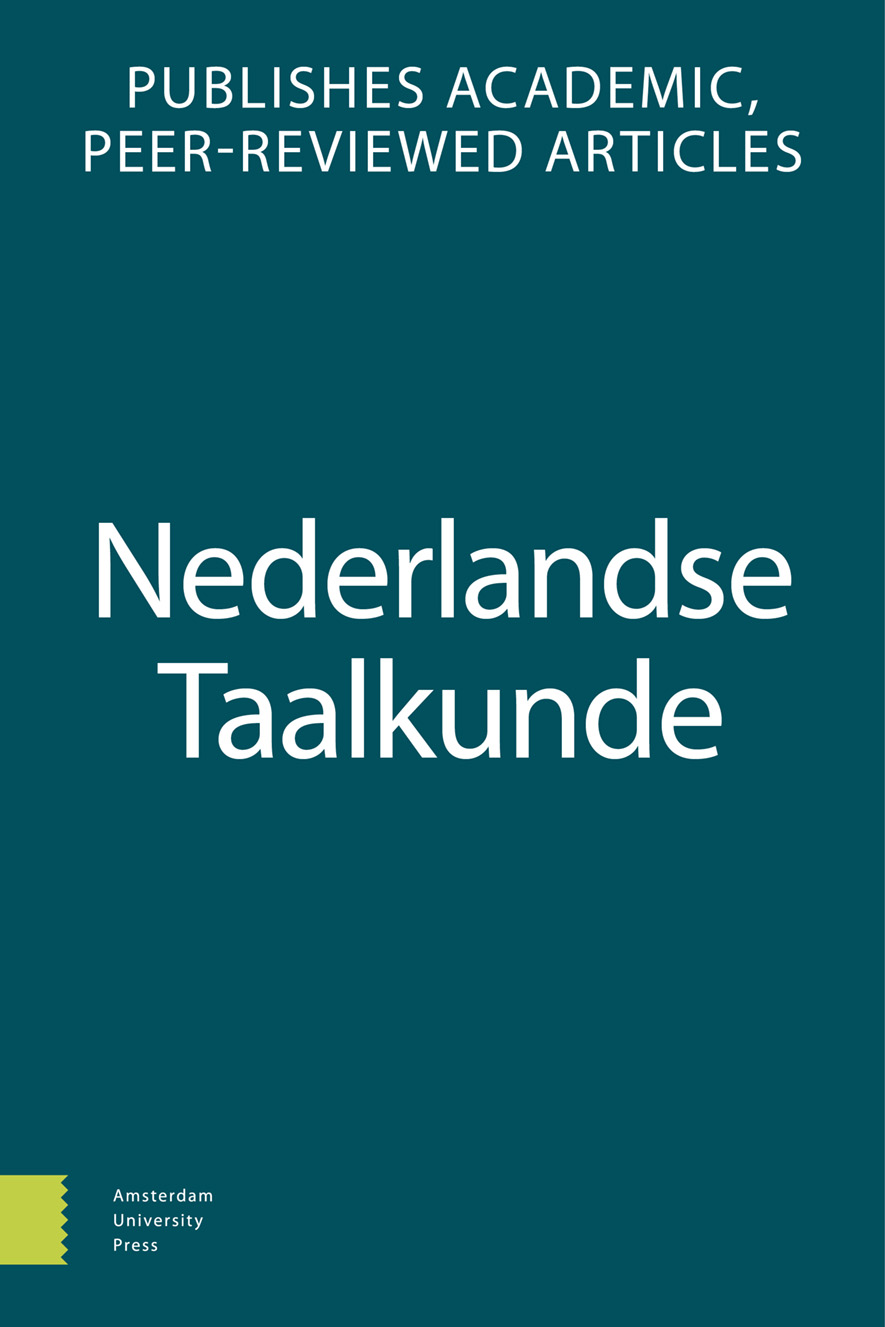-
OAAlsof ik nazi ben!
Emotie en ontkenning in de Nederlandse alsof-X-constructie
- Amsterdam University Press
- Source: Nederlandse Taalkunde, Volume 23, Issue 3, jan. 2019, p. 359 - 369
-
- 01 jan. 2019
Samenvatting
The Dutch alsof-X construction (‘as if X’) can be used to make a sincere comparison, like het lijkt alsof X (‘it seems as if’). After an analysis of a corpus of Dutch tweets, the authors of this squib argue that the alsof-X construction can also be used to express emotion and negation. Moreover, after analysis of English tweets, it is reasoned that the as if X-construction is used by language users to serve yet another purpose. Mainly, a real-life event is described which is, according to the Twitter user, too bizarre to be true. The last paragraphs of this squib are dedicated to the use of negation within the alsof-X construction, application of the theories of argumentativity and intersubjectivitiy and a proposal as to how the alsof-X construction might have developed through time.


